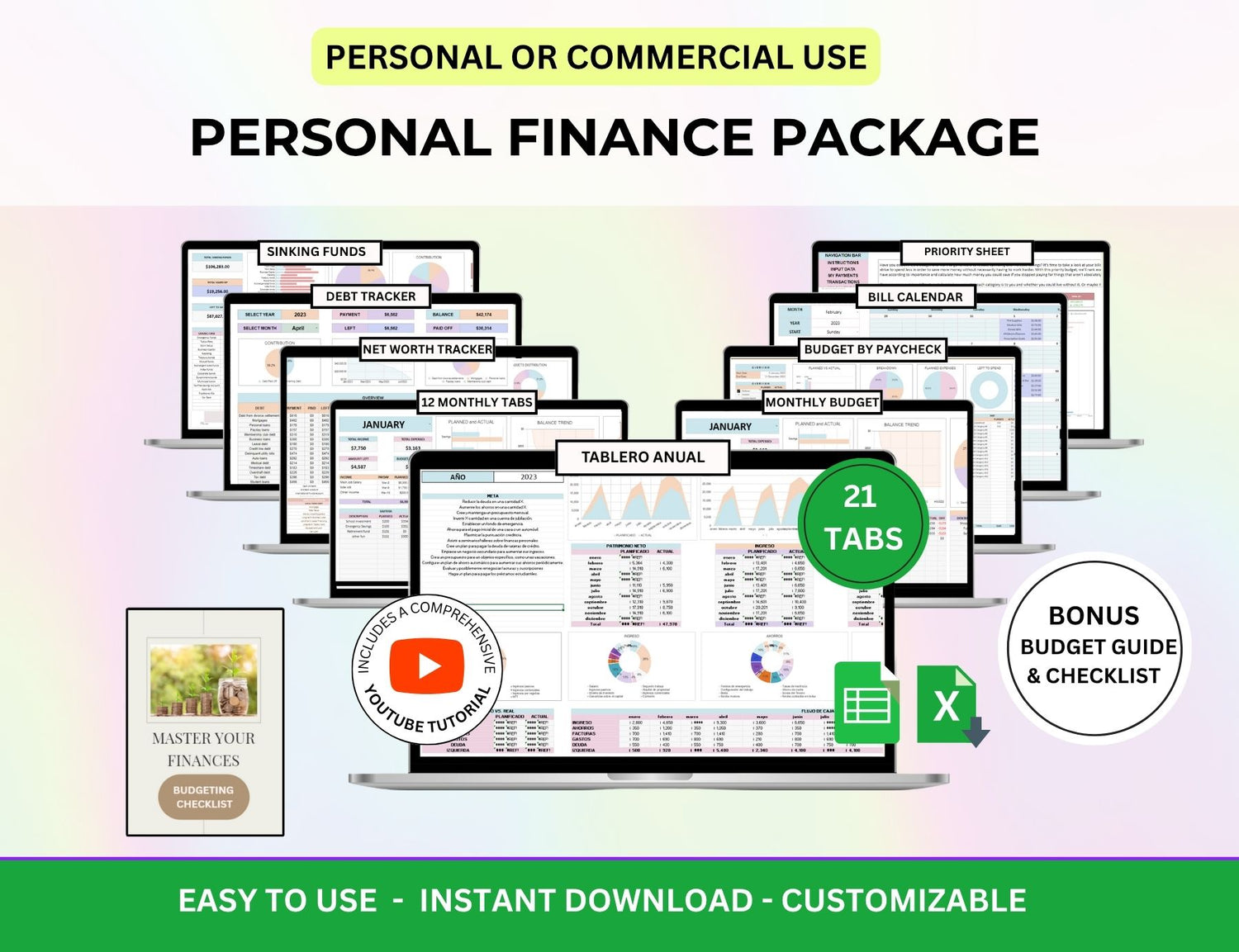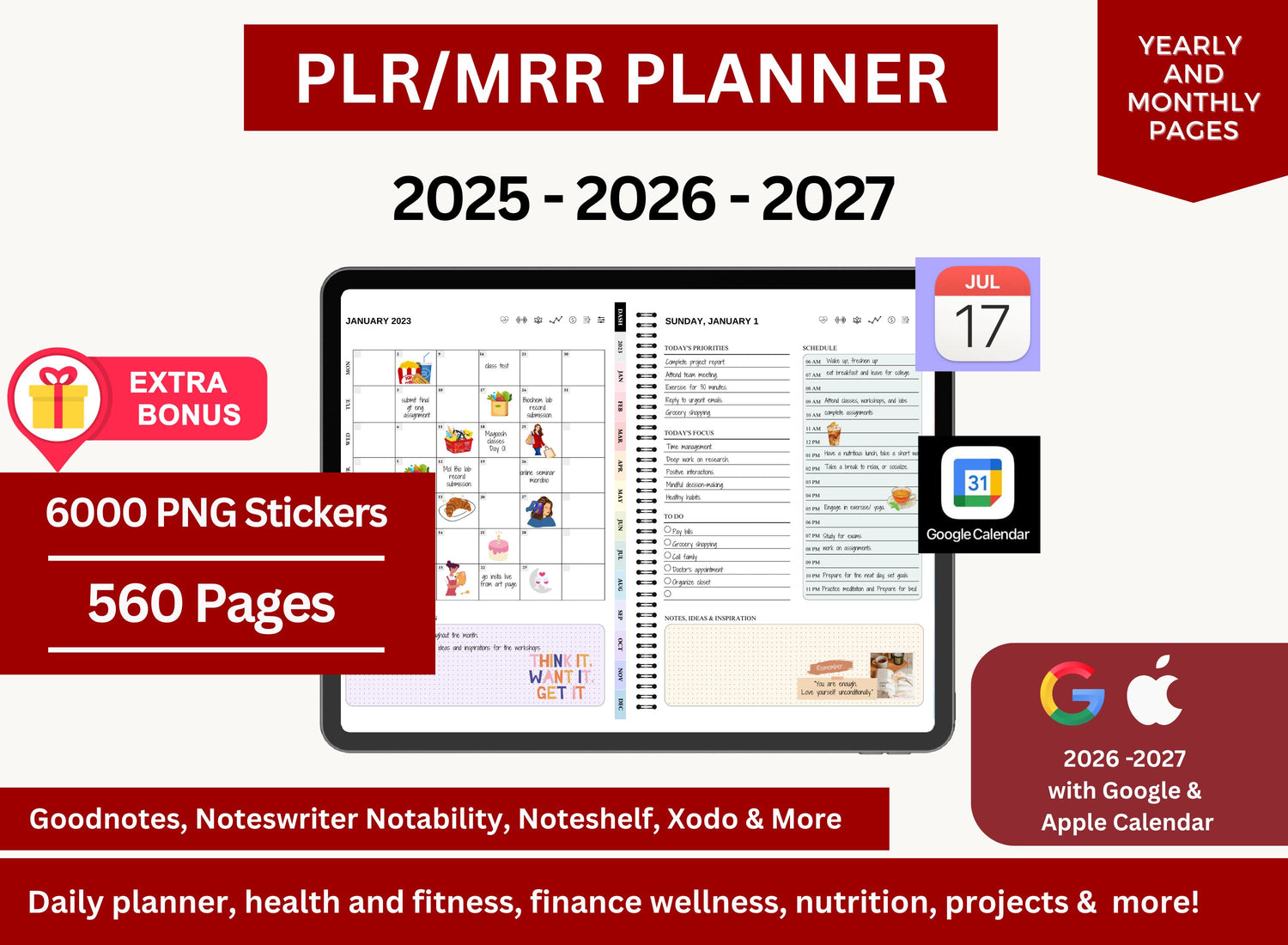How to Create a Biweekly Paycheck Budget Tracker in Google Sheets
A well-structured budget is the first step to good financial management. Budgeting by paycheck gives those who are paid every two weeks more precise control over their spending and savings. Google Sheets offers a dynamic, adaptable, and easy-to-use way to plan and keep an eye on your expenses with a biweekly paycheck budget tracker. We'll show you how to make a thorough Google Sheets budget template for biweekly paychecks from scratch in this post.
Page Contents
☰🪙Why Use a Biweekly Paycheck Budget Template?
Budgeting per paycheck, as opposed to monthly, enables you to match your savings objectives and spending plans with the real cash inflows—your paychecks. The following are some justifications for utilizing Google Sheets as a biweekly paycheck budget tracker:
- Helps avoid overspending between paychecks
- Ensures bills and goals are covered as income is received
- Makes saving easier by automating paycheck allocations
- Improves financial awareness and control
- Free, accessible, and customizable via Google Sheets
Making your money work for you every two weeks may be accomplished effectively with a Google Sheets biweekly paycheck budget tracker.
📝Step-by-Step Guide to Creating a Biweekly Paycheck Budget Spreadsheet
Step 1: Set Up Your Spreadsheet Structure
- Open Google Sheets and create a new spreadsheet titled "Biweekly Budget Tracker."
- Create tabs for organization: Income, Expenses, Savings Goals, and Overview.
Step 2: Build the Income Tab
This is the starting point of your biweekly paycheck budget spreadsheet.
Step 3: Build the Expenses Tab
Add filters and conditional formatting to highlight due items and paid expenses.
Step 4: Track Savings Goals
Link savings goals directly to your income using formulas.
Step 5: Overview or Dashboard Tab
This gives a snapshot of your financial health per paycheck cycle.
Use charts to visually show savings progress, leftover funds, and spending categories.
🧮Possible Advantages in Using Google Sheets for your Biweekly Budget Planner
- Visual Planning: Customize charts for a quick overview.
- Editable Anywhere: Access your tracker from mobile or desktop.
- Template Reusability: Clone sheets monthly or quarterly.
- Custom Formulas: Automate tracking and minimize manual input.
- Shareable: Collaborate with a spouse or partner easily.
📌Pro Tips for Using a Budget by Biweekly Paycheck Google Sheets
- Label your paychecks (e.g., Paycheck #1, #2) clearly.
- Use color coding for fixed vs. variable expenses.
- Create monthly and annual views using formulas like =SUMIFS().
- Add a debt payoff tracker if you're working on liabilities.
- Backup your biweekly paycheck budget Google Sheet spreadsheet regularly.
💻How to Automate your Tracker
- Use =SUMIF() and =FILTER() to categorize and sum data.
- Leverage =QUERY() to generate filtered views.
- To safely import bank data, think about using Google Sheets add-ons or scripts.
- Set up alerts with Google Calendar for bill reminders.
📲Queries on Biweekly Budget Planning Using Google Sheets
1. What is 50 30 20 biweekly budget?
╰┈➤ˎˊ˗The 50/30/20 rule states that you should save 20% of your income for paying your loans/debts, 30% for things that you want, and 50% for things that you need. This is an example of how the ratio is applied:
-
If your paycheck is $1,000:
- 50% ($500) → Needs
- 30% ($300) → Wants
- 20% ($200) → Savings
- 50% ($500) → Needs
An approach like this just makes sure that you are maximizing your income when it comes to budgeting.
2. How to budget for biweekly paychecks?
╰┈➤ˎˊ˗ Budgeting biweekly involves splitting expenses and savings across two paychecks each month. Start by:
- Listing all expenses and due dates
- Assigning each bill to a paycheck
- Allocating savings goals
- Tracking progress and leftover funds
This helps avoid financial surprises and ensures bills are paid on time.
3. How do you create a budget for your paycheck?
╰┈➤ˎˊ˗Begin by:
- Listing all income sources and amounts
- Categorizing essential and discretionary expenses
- Assigning due dates to bills
- Allocating funds to savings and debt
- Reviewing leftover funds for flexibility or emergency use
Use formulas and a structured layout in Google Sheets for accuracy.
4. How to make a biweekly budget in Sheets?
╰┈➤ˎˊ˗ In Google Sheets:
- Create tabs for income, expenses, and savings
- List income per paycheck and date
- Break down expenses by paycheck
- Track allocations to savings
- Use SUM formulas to calculate totals and leftovers
- Create charts to visualize spending and income trends
This structure gives you visibility and control over your finances every two weeks.
🔎Frequently Asked Questions (FAQs)
1. Can I create a budget by paycheck using Google Sheets?
╰┈➤ˎˊ˗ Yes! Google Sheets is the ideal tool for budgeting based on paychecks. You have more influence over your financial situation when you divide your revenue by pay period and spend your expenses appropriately.
2. What’s the difference between a monthly budget and a biweekly budget?
╰┈➤ˎˊ˗ With a biweekly budget, spending and savings are in line with each paycheck, but a monthly budget plans for the entire calendar month. However, it is in your discretion on which type of budgeting approach you want to take—our advice: choose what suits your lifestyle!
3. Can I use templates for paycheck budgeting?
╰┈➤ˎˊ˗ Yes. You can either create your own layout or use free designs that you can download and alter to suit your budget.
4. How often should I update my biweekly paycheck tracker?
╰┈➤ˎˊ˗ Make sure to update your sheet after each payday. Make changes to your savings, record and monitor your spendings, and maximize your income.
5. Is it safe to budget in Google Sheets?
╰┈➤ˎˊ˗ Yes, particularly if you don't connect any private information. Keep your sheet private and safe at all times, and make sure your Google account is two-factor authenticated.
Google Sheets' budget tracker for biweekly paychecks provides accuracy, adaptability, and enhanced financial discipline. You can use a Google Sheets budget by biweekly paycheck template to improve your approach or start from scratch.
- Eliminate guesswork
- Organize expenses
- Stay on top of savings
- Track progress with ease
Your biweekly paycheck budget worksheet can be customized to provide you with information specific to your financial situation.
Start small, maintain consistency, and improve your approach as your objectives change.
Create a clever, easy, and effective Google Sheets budget tracker for your biweekly paychecks with this article, which will help you on your journey to success and financial security.
















